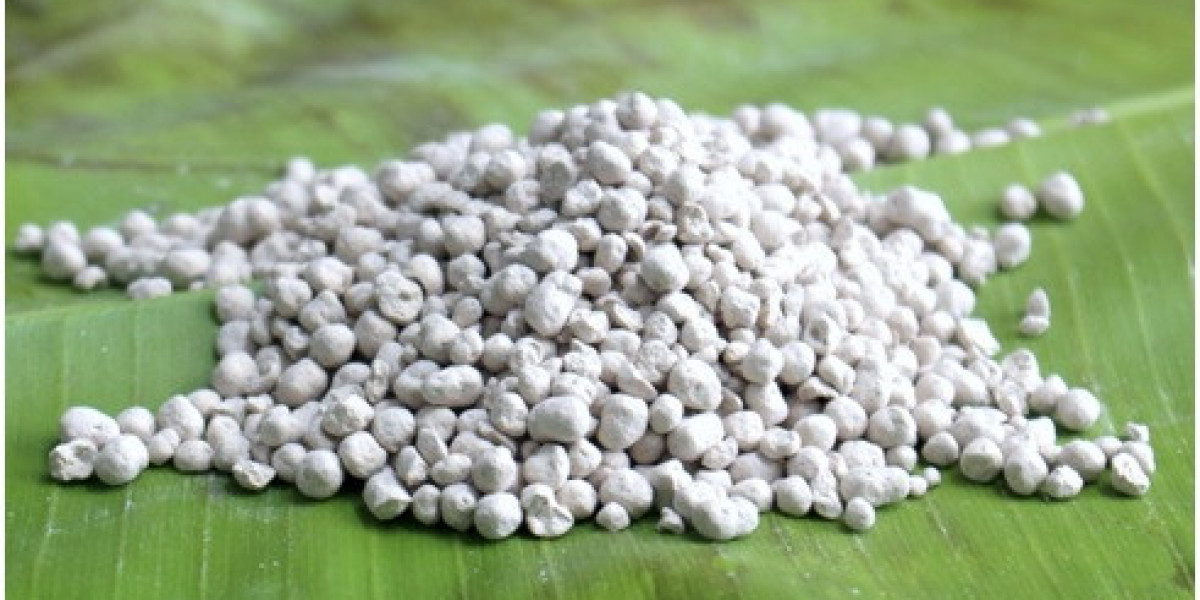Introduction
Ever picked up a tomato that looked perfect on the outside, only to find it mushy and flavorless inside? Yep, we've all been there. With rising demand for high-quality, long-lasting produce, farmers and agronomists are always on the lookout for ways to level up their game. One powerful, yet underrated tool? Silicon fertilizers Let’s dive into how this unsung hero boosts crop quality and shelf life like a pro.
What Are Silicon Fertilizers?
Silicon fertilizers are products that supply soluble silicon to plants, usually in forms like potassium silicate, calcium silicate, or sodium silicate. While not classified as an essential nutrient for all plants, it plays a functional role in improving growth and resilience.
The Science Behind Silicon in Plants
Silicon gets absorbed as monosilicic acid (H4SiO4) through roots and accumulates in plant tissues. Once deposited, it forms a protective layer under the epidermis, strengthening cell walls, boosting water retention, and even enhancing enzymatic activity.
Benefits of Silicon Fertilizers on Crop Quality
Improved Structural Integrity
Think of silicon as the plant’s natural armor. It reinforces cell walls, helping crops stand upright and resist lodging (falling over due to weak stems). Stronger structure = healthier growth = better harvest.
Enhanced Photosynthesis and Nutrient Uptake
Silicon indirectly boosts photosynthesis by increasing chlorophyll concentration. More light absorbed = more energy for growth. Plus, silicon helps in better nutrient mobilization—making sure plants get the most out of fertilizers.
Improved Grain Filling and Fruit Quality
Silicon-fed crops show larger grain size, better fruit shape, and even sweeter flavor profiles. That’s because silicon regulates the flow of sugars and minerals, ensuring more reach the grains or fruits.
Reduced Incidence of Physiological Disorders
Common issues like fruit cracking, tip burn, and blotchy ripening can be minimized with silicon supplementation, thanks to better internal water balance and tissue strength.
Silicon Fertilizers and Shelf Life Extension
Delayed Senescence
Senescence is just a fancy term for aging. Silicon slows this process by boosting antioxidant levels and reducing oxidative stress in plant tissues.
Reduction in Post-Harvest Diseases
Fruits and vegetables with higher silicon content are less prone to fungal decay and bacterial rotting, which means longer shelf presence and fewer losses.
Maintenance of Firmness and Texture
Nobody likes soggy lettuce. Silicon helps crops retain firmness, crispness, and texture even after being harvested, extending freshness for days—sometimes even weeks.
Silicon’s Role in Stress Tolerance
Resistance to Abiotic Stress
Facing a drought or heatwave? Silicon helps crops cope better with temperature extremes, salinity, and water shortages by maintaining internal water balance and reducing transpiration.
Resistance to Biotic Stress
From aphids to blight, silicon enhances a plant’s natural defense mechanisms, reducing the need for chemical pesticides. It’s like giving your crops a mini immune system upgrade.
Best Crops That Respond to Silicon Fertilization
Not all crops need silicon equally, but here are the top performers:
Rice
Wheat
Sugarcane
Tomatoes
Cucumbers
Peppers
Strawberries
How to Apply Silicon Fertilizers
Soil Application
Best for field crops—mix silicon fertilizers directly into the soil before or during planting.
Foliar Sprays
Spraying silicon onto leaves is great for fast absorption, especially in fruiting and flowering stages.
Hydroponic Systems
In controlled environments, adding silicon to nutrient solutions can significantly improve root development and overall plant health.
Common Misconceptions About Silicon Fertilizers
“Silicon is not essential, so it’s useless.” Not true. While not essential, it’s beneficial—big time.
“You can overdo it easily.” Actually, silicon has a low toxicity risk. Just stick to recommended doses.
Case Studies and Research Findings
Studies show that rice yields increased by 10-20%, and tomatoes stayed fresher 5-7 days longer with silicon use. In strawberries, shelf life increased by up to 30% post-harvest.
Cost-Benefit Analysis for Farmers
Though slightly more expensive upfront, silicon fertilizers often reduce pesticide use, improve market value, and cut post-harvest losses—making it a smart investment in the long run.
Future of Silicon in Sustainable Agriculture
With growing interest in regenerative farming, silicon could play a starring role. It reduces chemical dependence, boosts resilience, and helps grow nutrient-dense, long-lasting produce—naturally.
Conclusion
In a world where consumers demand perfection and sustainability, silicon fertilizers are a game changer. From stronger stems to longer shelf life, the benefits are too good to ignore. So whether you’re a backyard gardener or managing acres of farmland, give silicon a shot—it just might be your secret weapon for better, longer-lasting crops.








